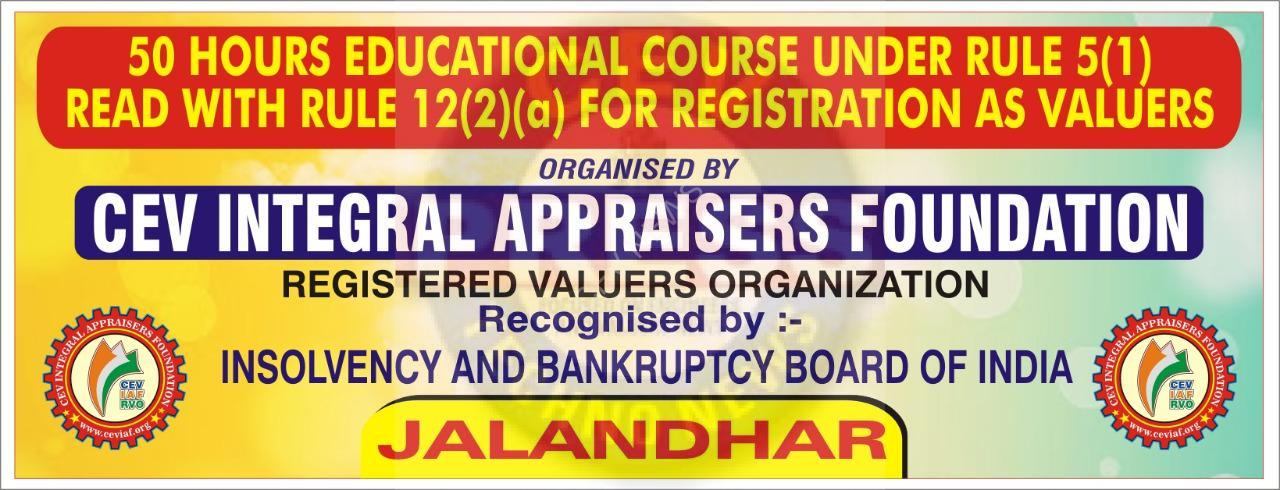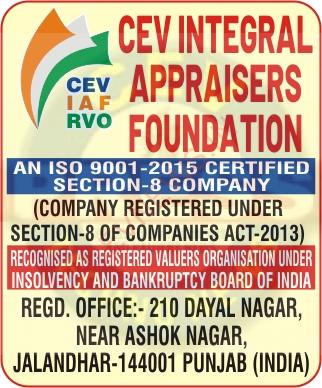

IMPORTANT FORMULAS NEED TO REMEMBER FOR THE VALUATION PROFESSION – COMPILED BY DR RAJWINDER SINGH
1. Amount of Rs. P/ at the end of the nth year will be
A= P× (1+ i) n
2. Then (Present Value)
P= 1/(1+ i)^n
3. THE AMOUNT OF ₹.1 PER ANNUM(S)
The following three points are to be noted:
(i) Re. 1/- becomes due to be invested at the end of the year,
(ii) Next Re. 1/- gets added at the end of each year,
(iii) Last Re. 1/- will be added at the end of the period (A-1)/i
S = ((1+ i)^n-1)/i
4. Annual Sinking Fund Co-efficient=Ic
Ic=1/S =i/((1+i)^n-1)
5. Y.P. ( Single Rate)
= Amount of ₹.1 pa × PV of ₹.1
= ([(〖1+i)〗^n – 1)])/i ×1/(1+ i)^n
= ([(〖1+i)〗^n )])/(i.(1+ i)^n ) – 1/(i.(1+ i)^n )
= 1/i – 1/(i.(1+ i)^n ) =1/i (1 – 1/(1+ i)^n )
6. Y.P. in perpetuity = 1/i
7. Y.P. Reversion to perpetuity
• In this case though the income continues up to the perpetuity, but starts at some future date. Such incomes are known as deferred incomes and as Y.P. for the non-income period is not available, Y.PR for deferred income can be worked out from the following equation
Therefore;
Y.P. for deferred income of = Y.P. in perpetuity- Y.P. for the non-income period on a reversion to a perpetuity Single rate basis
Y.P.Reversion = 1/i- 1/i (1 – 1/(1+ i)^n )
where i = Rate of interest
n= Number of years for the non-income period
8. YEAR’S PURCHASE (DUAL-RATE)
This is the CV (Capitalised Value) of the right to receive ₹.1 at the end of each year for N years at i compound interest but allowing sinking fund S to recoup ₹.1 after N years.
Assume the rate of interest for ₹.1= i & SF = Ic
Total income = i + Ic 1/(i+Ic) =1/(i+i/((1+ i)^n-1))
9. D – Annual depreciation= (Straight-line method)
(Original cost-scrap value)/(life in years) =(C-S)/n
Where,
C – Original cost or Replacement Value
S – Scrap value or Salvage value n – the life of the property in years
10. As per the constant percentage method
Let C – Original cost or Replacement Value
S – Scrap value or Salvage value
n – the life of the property in years
p- Constant percentage of depreciation
Value of property at the end of n year if percentage “P” is known
=C(1-p)n
p = 1-(S/C)1/n
Value of property at the end of m year = C(1-p)m
=C(1-(1-(S/C)m/n
Written down value (W.D.V.) at the end of n year =C(1-p)n
11. Sinking fund method The process for arriving at the Depreciation percentage involves three stages:
To find out the annual sinking fund at the suitable able rate of interest for the total life of the building
Ic=i/((1+i)^n-1)
Where n= total life of the building
To find out the accumulated amount by depositing the annual amount of sinking fund at a suitable rate of interest for the age of the building
A=((1+i)^n-1)/i
Where n= age of building
The multiplication of a & b gives the Depreciation percentage to be applied to the prime cost to arrive at the amount of Depreciation.
Ic×A = Sinking fund depreciation
DOWNLOADABLE PDF CLICK LINK BELOW
Valuation Formulas
COMPILED BY

DR RAJWINDER SINGH


IMPORTANT FORMULAS NEED TO REMEMBER FOR VALUATION PROFESSION


